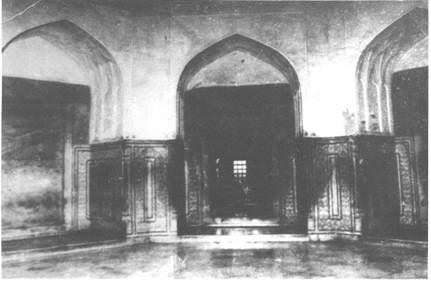Mountain Passes have always played an Important Role in Trade, Travel, Migration and War in the Himalayan Region.
Today, they connect Various Regions that are Divided by Mountain Ranges. And getting to them requires Driving or Trekking on some of the Most Hazardous Terrain.
1. Chansal Pass
The Chansal Pass connects Dodra Kwar and Rohru in Himachal Pradesh. It is about a 5-hour drive from Shimla.
2. Dungri La Pass
One can get to Dungri La on a Motorable Road at a High Elevation of 5608 Meters. It connects India to Tibet through the Zanskar Mountain Range and is located in the Nanda Devi National Park. Not very far away is the Pilgrimage Site of Kedarnath.
3. Rohtang Pass
Located in the Pir Panjal Range, the Rohtang Pass connects the Kullu Valley with the Lahaul and Spiti Valleys at a height of 3978 Meters. It is accessible on the Manali-Leh Highway, the best time to visit being between May-November. In Winter, there are risks of Avalanches and Road Closures.
4. Khardung La Pass
Located near Leh, it connects the Shyok and Nubra Valleys at an elevation of 5602 Meters. It is a Popular Route for Bikers as The Pass is Motorable.
5. Sela Pass
Perched at an elevation of 4170 Meters, the Sela Pass is situated in the Tawang District of Arunachal Pradesh. Currently Tawang is being claimed by China as 'South Tibet' but the Sela Pass connects the District to the Rest of the Country through Assam. It remains open through out the year except at times of Heavy Snowfall.
6. Borasu Pass
The Borasu Pass connects the Himalayan Regions of Uttarakhand and Himachal Pradesh at a Close Proximity to the Indo-China Border. It was once used as a Trade Route between the Doon Valley and the Kinnaur Valley at an elevation of 5450 Meters.
7. Jelep La
The Jelep La, at an elevation of 4270 Meters, connects Sikkim to the Tibetan Plateau and onwards to Lhasa. The Drive is Absolutely Scenic with Rhododendrons along the side of the Highway into the Chumbi Valley across the Chinese Border.
8. Chang La Pass
At an altitude of 5360 Meters, the Chang La connects the Indus Valley to the Pangong Lake Region of Ladakh. It is the 3rd Highest Motorable Road in the World.
9. Nathu La Pass
The Nathu La Pass connects Sikkim to Tibet and is 1 of the 3 Major Open Borders between India and China, The other 2 being Shipkila in Himachal Pradesh and Lipulekh in Uttarakhand. On the Indian side, the pass is 54 km East of Gangtok.
10. Debsa Pass
The Debsa Pass connects the Kullu Valley to the Spiti Valley of Himachal Pradesh.
11. Rupin Pass
The Rupin Pass is situated across the Rupin River and connects Dhaula in Uttarakhand to Sangla in Himachal Pradesh. There are Different Trails that access the Rupin Pass. One of them starts at the Sleepy Village of Gosangu, which is the Last Road ahead of Himachal Pradesh. Generally, Trekkers and Adventurers Travel to Gosangu by Road from Shimla via Rohru. The Alternate Route to Rupin Pass starts from Naitwar, which is accessible from Dehradhun via Dhaula. The uninhabited Rupin pass is located at an elevation of 4650 Meters.
12. Lipulekh Pass
The Lipulekh Pass in the Himlayan Frontier connects the Kumaon Region of Uttarakhand to Purang in Tibet at an altitude of 5334 Meters. It is used by Pilgrims of the Kailash Man Sarovar Yatra who are on their way to Man Sarovar Lake and the Kailash Mountains.
13. Karakoram Pass
The Karakoram Pass is a Trisection of the Indian, Chinese and Pakistani Borders. At an elevation of 4693 Meters, it is The Oldest Route between Leh and Yarkant. The Siachen Glacier is situated in the eastern Karakoram Range and west of the Pass are The Great Himalaya Mountains.












































































